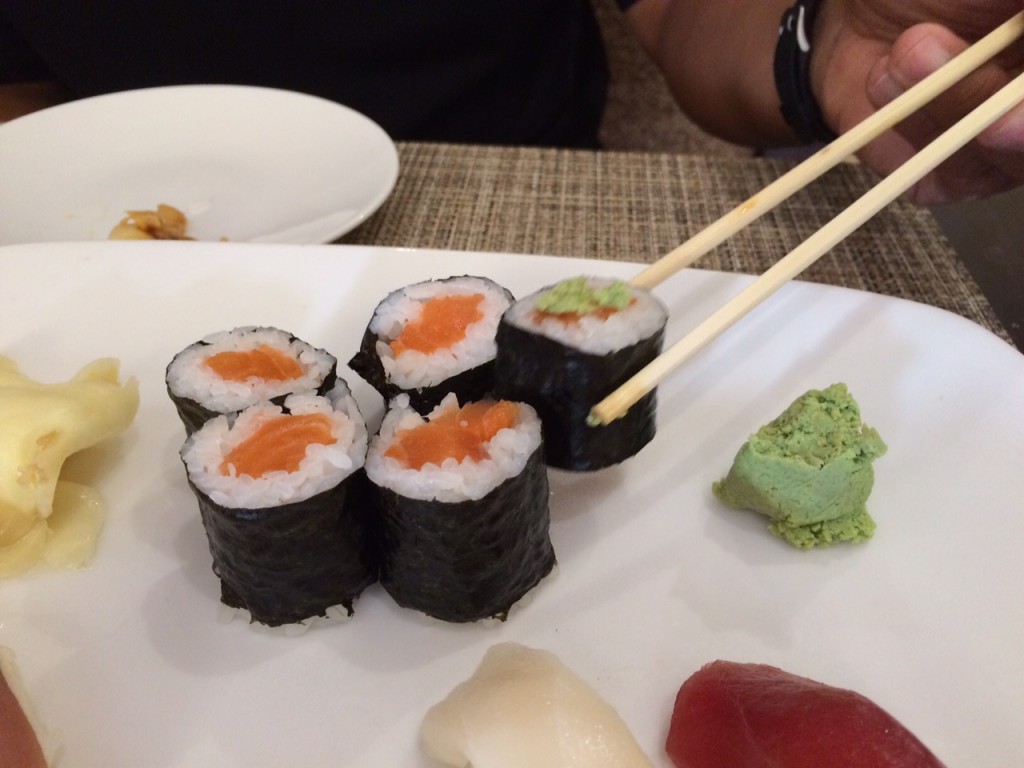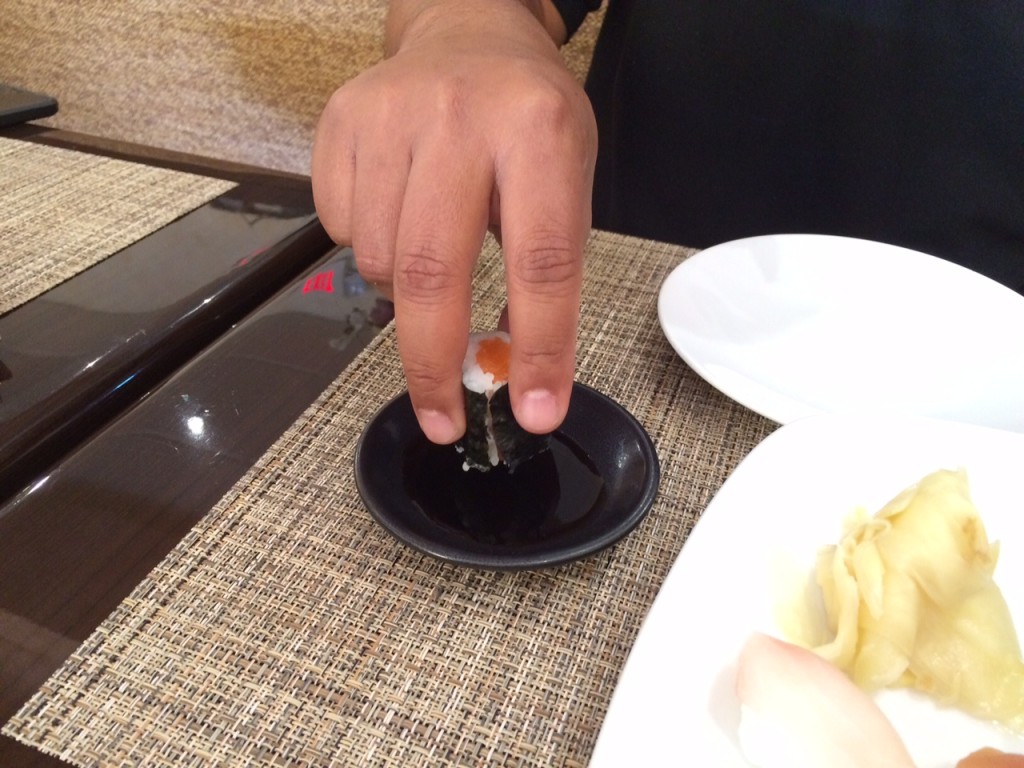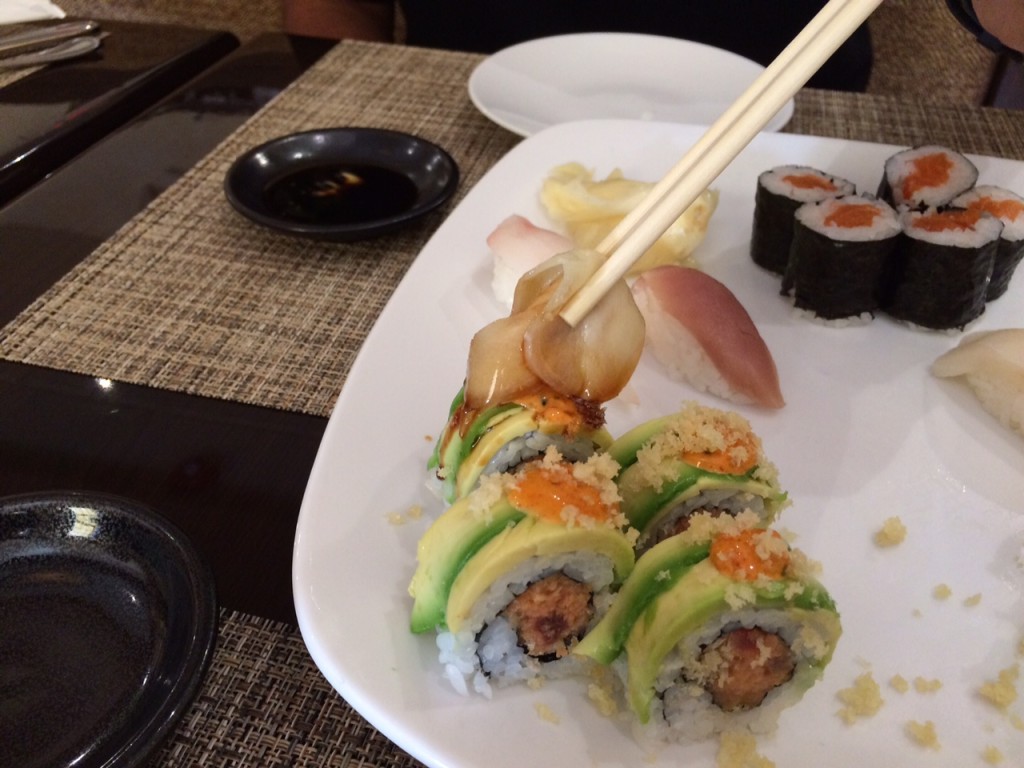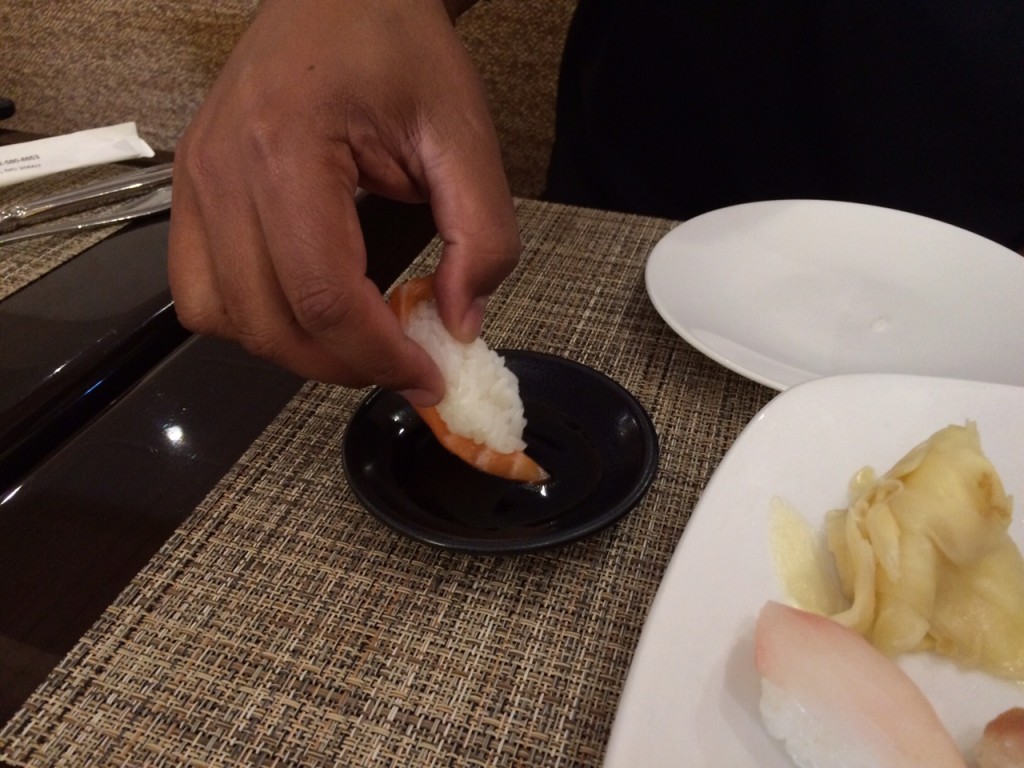WASHINGTON — In the past 50 years, sushi has grown from an exotic delicacy to a staple in the American diet.
In the ‘60s, it was only accessible to in-the-know diners in Los Angeles. Now, sushi is available everywhere — from the grab-and-go section of the grocery store, to the country’s best restaurants. And the sushi craze is not slowing down; the $2 billion industry is expected to grow in the next five years.
But just because Americans are eating more sushi, doesn’t mean they’re eating it correctly.
In fact, sushi expert Aung Myint says we’re doing it all wrong — and he has a few tips for the next time you order a few rolls.
Keep the wasabi and the soy sauce separate
If your first move is to stab a chopstick in a pile of green wasabi, plop the spicy condiment into your soy sauce and stir the two together, it might be time to alter your etiquette.
Myint, of I-Thai in Georgetown, says this American custom is considered poor manners — not to mention it overpowers the flavor of the sushi.
Instead, the wasabi should be added separately from the soy sauce. A dab on top is all you need.
“When you dunk [a roll into soy sauce] with the wasabi separately, it actually tastes better,” Myint says.
In Japan, the question of where to put the wasabi is never an issue, Myint says, because it’s already incorporated in the roll or spread between the rice and the fish in nigiri.

Eat with your fingers
Good news for those lacking chopstick skills: Eating sushi rolls with your fingers is totally acceptable.
Myint says the three-finger rule (thumb, pointer and middle) is the best way to eat neatly cut sushi rolls. (Save the chopsticks for the packed specialty rolls that might be harder to grab without making a mess.)
Then, dip the rolls — don’t dunk them — into the soy sauce and place them directly in your mouth. There’s no need to shake the soy-covered sushi over the dish if you go for a neat dip in the first place.
However, the three-finger rule does not apply to sashimi. The slices of raw fish should be eaten with chopsticks.

The purpose of the ginger
The thin slices of ginger are not meant to adorn the top of your sushi rolls. The role of ginger is “palate cleanser” on the sushi plate.
“If you’re going to have a variety of fish, after a while they all taste the same because we’re dunking with soy sauce,” Myint says. “So if you’re skipping from a salmon to a tuna, get a piece of ginger to clean your palate and then taste the next fish.”
Think of ginger as sushi’s sorbet equivalent: It’s there to help the diner distinguish the different flavors between each course.
Myint says ginger can also be used as a vehicle to deliver soy sauce to your sushi rolls. Using your chopsticks, dip a slice of ginger into the soy sauce, and then brush the ginger on top of your sushi roll.
This is the best approach for the messy sushi rolls that leave a lot of reside in the soy sauce dish.

Let’s talk nigiri
Whatever you do, Myint says don’t soak the rice side of your nigiri in soy sauce.
“That is the big no-no,” he warns.
Using your fingers or chopsticks, turn the nigiri to the side and dip the fish into the soy. Then, eat the nigiri fish-side first, for maximum flavor.








